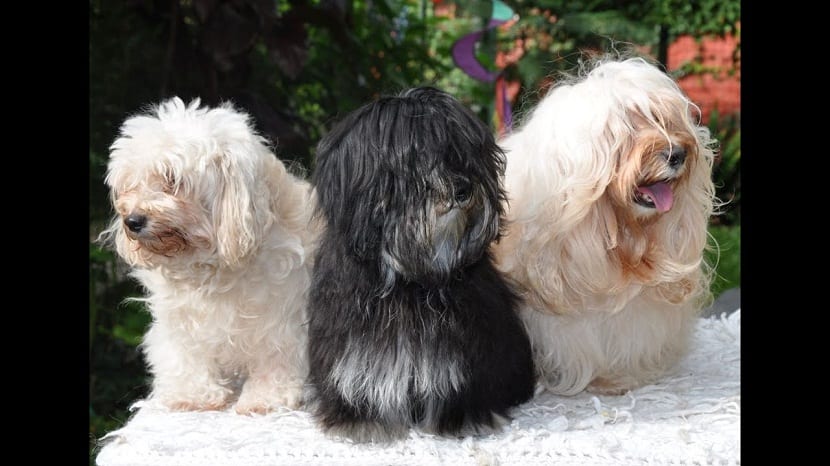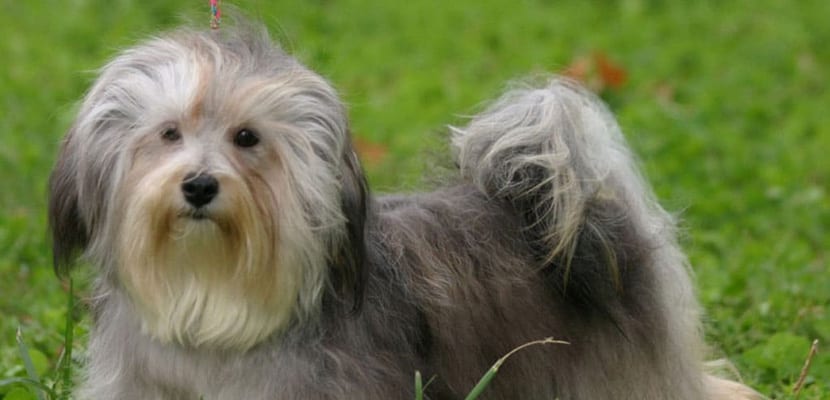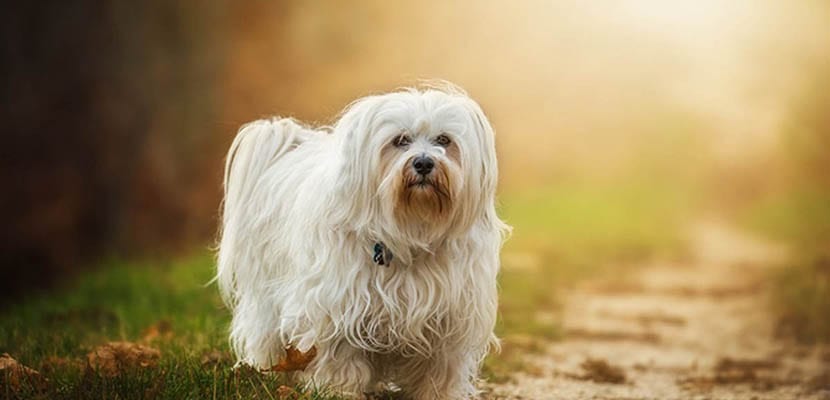
El Havanese is also known as Havanese and stands out for being the national dog of Cuba. This small dog is characterized by a soft and beautiful coat and by being the ideal companion dog, not for nothing Bichon is a French term for 'lapdog'.
Today we will meet a breed that is rarely talked about in Europe, since It was developed in Cuba. It is an animal that resembles small dogs that are also known as Bichon, such as the Frize, and yet they do not have so much to do with it. Because of its size and character, we speak of the perfect companion dog. Do you want to know it?
History and origin of the dog
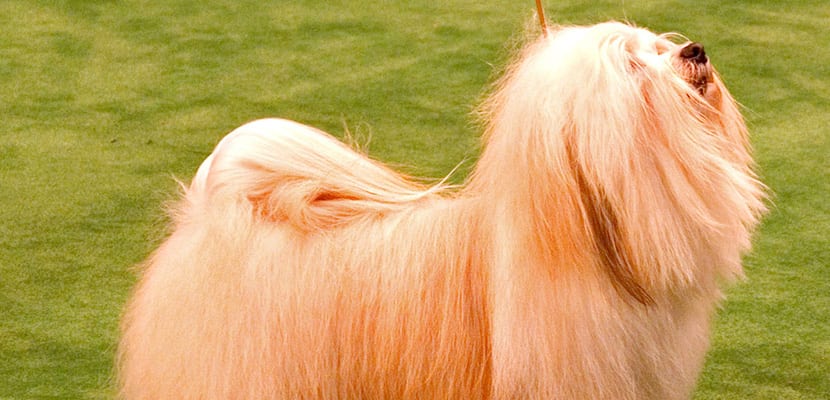
The origins of this dog go back to the Mediterranean, so it arose in Europe, although the crosses that could have been to create the breed are not clear. It is a dog that was found between Italy and Spain and that finally developed as a breed in Cuba, where it was the dog of the aristocracy of the XNUMXth century, highly appreciated for its beautiful appearance and its wonderful character.
The Cuban Bichon is just one of the names that a breed of dog can receive for which blood also runs from both Toy poodles like German Poodles. Other possible names, popularly known, are Bichón habanés or de la Habana, Bichón havanais or havanese. On the other hand, It is considered in Cuba as the national dog of the country.
Finally, in addition to the already said ancestry, the Cuban Bichon shares its origin with the other bichons. The latter descend, in turn, from the crossing of a type of dog that is now extinct (the barbet) as well as the dogs known as "skirts of the Mediterranean basin".
To understand the present, you have to scratch the past. For this reason and to understand how fantastic this dog is, we must understand where it comes from and who it was yesterday. In this sense we can say that its beginnings as a breed date back to the distant eighteenth and nineteenth centuries, where the first specimens landed in Cuba, known at that time as "blanquitos de la Habana"
It must be said that the Habanero thing was used for the color of its fur in the reddish or brown tobacco tone. Hence, the dog was named this way. During the XNUMXth century it fell into oblivion on the island and the breed was lost, some specimens being preserved abroad, in the United States, some of which were brought back years later to have the national breed on the island again. At present it is a dog that hardly has a presence in Europe but is better known in places like Mexico, the United States, Cuba and even Canada, where they were taken by emigrants.
Physical characteristics of the Havanese
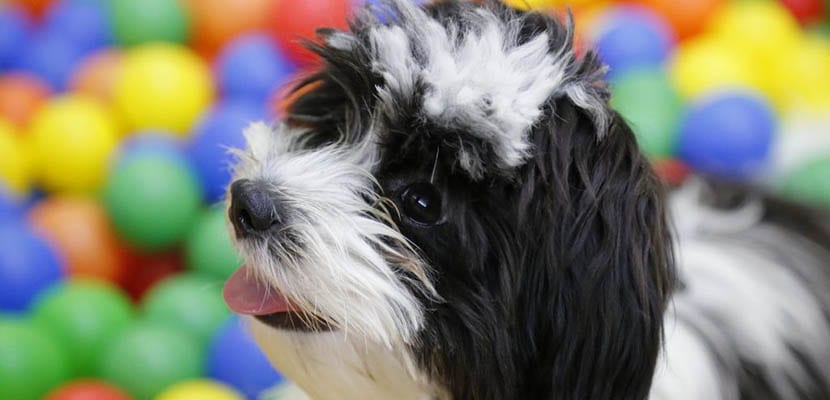
This dog can be included among the small dog breeds, because its ideal weight is between 4 and 7 kilos, being the males always a little bigger than the females. He is a sturdy-looking dog, although much of the blame lies with his coat, which is long and abundant. It is quite smooth without being quite smooth, with some undulation.
El hair is one of its most characteristic signs, and it usually takes long and careful, it is the most common. The color is varied, although it is known by the habanero, the reddish brown. There are other shades such as solid white or with black or reddish spots. It must be said that the dog has a single coat, not as it happens with other breeds that have an insulating inner coat. Although this occurs in colder climates. The undercoat of hair is absent or underdeveloped.
Su body is slightly longer than tall, with a head in which lively eyes stand out in a dark brown tone. Their ears are somewhat raised and the tail can be curled or straight with a curve at the tip, totally surrounded by long hair.
Dog character
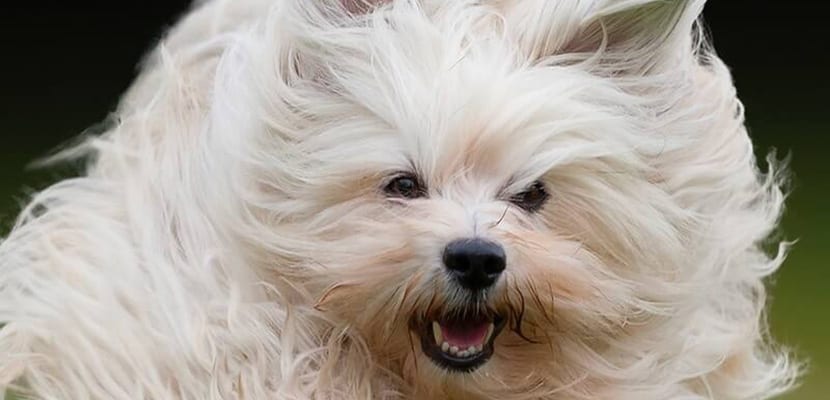
One of the best parts of defining this dog is when we get to his character. It's a adorable, lively and playful dog. It is perfect for living with the family, as it will keep children and the elderly in great company. Its size also makes it suitable for this purpose, since children can play with it without hurting themselves.
These dogs are very sociable, both with people and with dogs. They will be curious about everything and will make friends very easily in the parks. What's more, they are smart and quickly follow orders, so they will always be a good breed for those who do not have too many notions of training. They will learn in no time and with simple methods like the clicker. In fact, they are sometimes used in agility circuits, as they are agile, have energy and learn quickly.
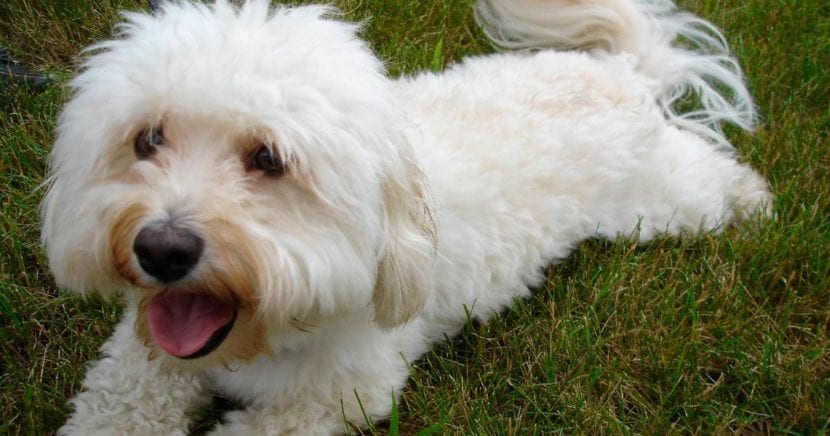
It must be borne in mind that they are good and funny dogs, but that they must also receive the necessary stimuli to be balanced. Bad behavior rarely occurs but they are dogs attached to their owners who will not be able to spend many hours alone, since they may develop the separation anxiety or break things at home.
Need exercise
All dogs in the world need to exercise. Be wary of anyone who tells you that their dog is happy in a small closed apartment and going for a walk outside very infrequently. However, some require more time and intensity of exercise than others. Fortunately, the Cuban Bichon does not have as great a flow of energy as other larger dogs, therefore, moderate physical activity is more than enough. This exercise can include relaxed daily walks and games that are not rough so as not to ruffle his sweet character.
Socialization and training of the Havanese Bichon
Both socialization and training are fundamental pillars when raising a dog. Both processes must be premeditated and they have to occupy an important place on our agenda and on our list of priorities.
Like any other breed of dog or even a mongrel dog, the most important thing about socializing with other dogs and children is that it is gradual and starts from an early age, that is, from when it is a puppy so that everything is more “natural”And less abrupt and sudden. In addition, socialization in different environments (for example the city, if you usually live in the country) avoid feelings of deep fear when they "collide" later with this reality.
As for their training, putting in place a daily training plan regarding certain basic rules that make the correct obedience of every dog is essential. This will allow you generate a better bond and a better owner-pet communication. In turn, knowing the limits of the dog will help it to relate to its peers.
On the other hand, letting him socialize with other dogs implies a certain permissiveness on our part such as “human parents”Of our dog since overprotecting it could cause its isolation or shyness. In the latter case, it will be more difficult if you intend to mate him, since he can respond with aggressiveness or indifference to the opposite sex.
Suitable games for a Havana Bichon
He is usually very good at rope tricks and is always predisposed to play. Its playful nature will strengthen the bond between the owner and the pet, since it will allow them to share quality time together. Do not waste the opportunity to have fun with him! Although its longevity is long, you should always keep in mind that neither your dog nor any other is immortal or eternal.
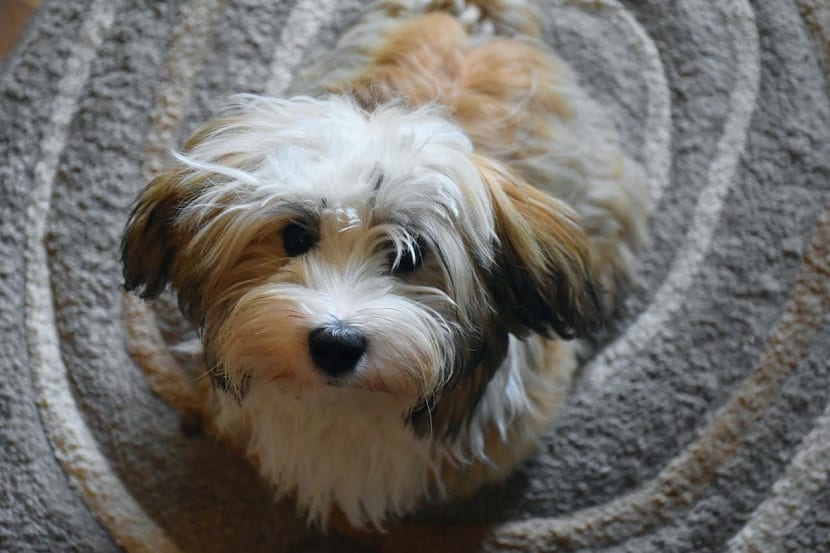
If what you want is a true companion dog, you will not want to leave it alone at home when you go on a business trip or even on vacation. But so that I can go with you, you will have to accustom him from childhood to behave correctlyespecially in new and unfamiliar places and with strange people.
In the event that you have a gentle character, simply fasten it with the belt in the car (as required by law) so that it can accompany you wherever you want without inconvenience. If, on the other hand, he is rather restless, nervous and less obedient than expected, you can find other possible ways not to leave him alone at home.
Perhaps the most convenient way is to carry a carrier according to its size, while you can make yourself a travel kit, which will be very useful to keep your dog in optimal conditions, consisting of a feeder and a drinker, which It will allow you to fill up whenever you need it. Because for both, the trip should be a pleasant opportunity. Finally, you should bear in mind that if it was important for you, for example, to know the sea, for your pet (although, of course, to a lesser extent) will also be an important milestone in your life that will broaden your horizons.
Havanese Bichon care
As for its care, what should be noted is its coat. This dog is only good for those who are willing to spending a lot of time combing his long fur so that it is in good condition. A suitable brush is needed for long fur, so as not to break it. Every now and then we may have to take you to a hair salon to get your hair cut.
On the other hand, as we have said, this dog he needs company and he also needs to play sports. It is ideal for homes where there are almost always people, with elderly people, for example. If they feel accompanied they will give their best version. Also, they really like to play. Although we don't have to take long walks, they do require some exercise and attention.
This dog also has ears that we must take care of. This is because they are found with the fur, quite covered, so they can easily develop infections. It's easy to clean your ears from time to time to make sure they don't develop them.
Dog health
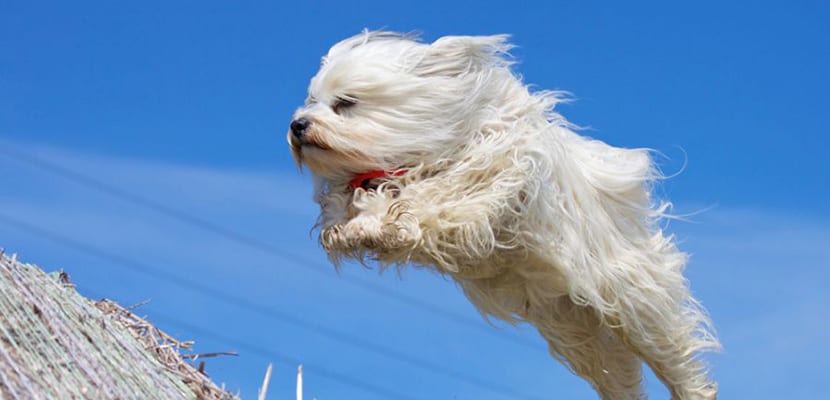
This dog has a high life expectancy, as is the case with small breeds. Although they do not usually have many problems, these dogs can have some diseases that are common in the breed. Heart problems are among them, and also cataracts, which usually develop when the dog is senior. Also otitis or ear infection can be common.
Why keep a Havanese at home
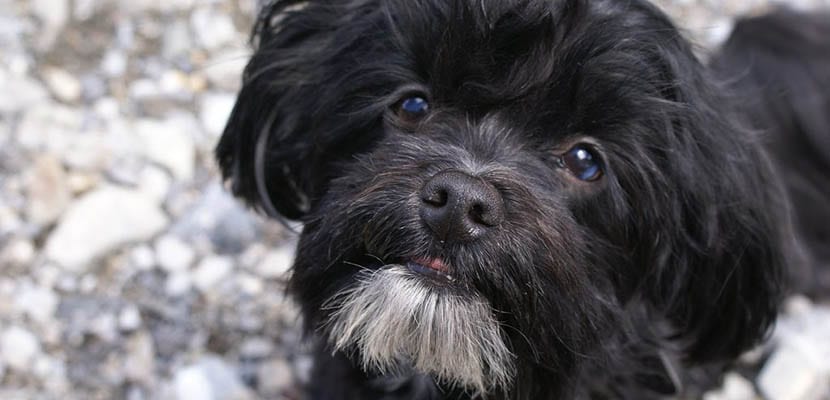
This dog is one of the perfect breeds to enjoy company at home. It is ideal for houses in which we always have people who need company, but do not live well if they are alone or in gardens. Dogs are playful and cheerful, intelligent and balanced, so they have the ideal qualities to be a great choice. The only drawback that we can put the Havanese is that it is a breed that is not very widespread in Europe, of which there are hardly any specimens. Although it is not on the verge of extinction, it is difficult to find them.
